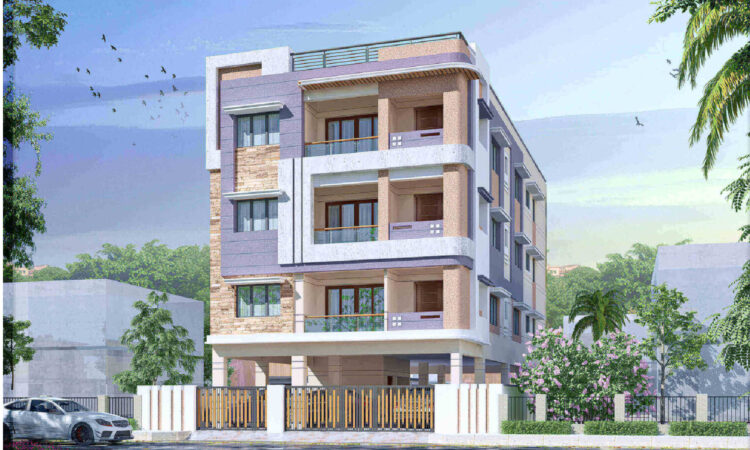Plastering delivers a plethora of benefits to walls and ceilings. It adds a protection layer to stones and bricks and enhances their life span. Plastering levels the surface and helps weed out cracks. The plastered walls do not produce dust and so your home may be less polluted.
Sand cement plastering has remained a conventional method of plastering for ages. But the latest price surges, cement shortages, and the growing environmental concerns are challenging the usage of cement plasters in buildings. Gypsum plastering has evolved to be a sustainable alternative to cement plastering.
Being a pioneer in gypsum plaster, a lot of times, we are asked which type of plastering, cement or gypsum is more cost effective. In this blog, we have covered all the details that you need to know about the sand cement plastering and gypsum plastering, with a more emphasis on cost and time consumption.
What are the major differences between gypsum plastering and cement plastering?
Following are the major differences between gypsum plastering and cement plastering.
-
Raw materials cost
Sand Cement plastering requires that sand and cement be mixed in optimal proportions of either 1:3 or 1:4 to achieve the best output. Sand is commonly sourced from river beds and due to exploitation of natural resources, the government has banned extraction of sand from river beds and water resources. Now, m-sand is used as a replacement for river sand, yet it increases the cost and also, the m-sand has poor permeabiiity when compared to river sand. This impacts the quality of output. Also, the cement prices are continuously increasing driven partly by the rising fuel costs and the shortages that happen due to Russia-Ukraine conflict and supply chain problems.
On the other hand, gypsum is a naturally occuring mineral formed in lagoons where ocean waters carry higher concentrations of calcium and sulfate content. This sedimentary gypsum is then processed to form gypsum plaster. It is cost-effective as it is found as natural deposits. Moreover, gypsum is an organic material and can be recycled. The deposits are huge and so, there is no possibility of a shortage.
So, the raw materials used in gypsum plastering are less expensive than the ones in cement plastering, particularly, sand, cement, and water.
-
Water curing costs
The surface after cement plastering may result in cracks and is not usually smooth. To solve this problem and smoothen the surface post cement plastering, it is important to splash the water on the plastered surface for atleast 14-21 days. Curing of cement plasters usually start 24 hours after the plastering is completed.
As curing is usually done following manual methods, this results in an increase of labor costs. The overall cost of plastering increases and also, other requirements like water consumption, electricity requirements, etc. drive further rise in the total cost.
So, when we contrast cement vs. gypsum plastering, gypsum plastering does not require water curing. It is paint-ready in 72 hours after plastering. As it eliminates the need for water curing, gypsum plastering is less expensive than the cement plastering. If you are exploring cost-effective alternatives to cement, then gypsum plastering is your go-to.
-
Finishing costs
As cement plastering produces a not-so-smooth surface, putty must be applied before painting to achieve a smooth finish. On the other hand, gypsum plastering produces a smooth finish and can be directly painted. In the case of cement plasters, the extra requirements of putty increases the cost of finishing the plastering work. As gypsum plastering does not require putty application, the finishing costs are way lower than that of cement plastering.
-
Maintenance costs
Cement plastered walls are vulnerable to dampness and so fungi, bacteria, etc. And so they require regular maintenance. Moreover, cement plastered walls are prone to wear and tear, corrosion, etc. and so they require frequent maintenance. Cracks also result in due course and they must be treated on time. So, the maintenance cost of cement plastering is high.
On the other hand, gypsum plastering produces a smooth surface. Gypsum is resistant to wear and tear, fungi, corrosion, etc. than cement plastering and so does not require regular maintenance. All that you need to do is to use a wet tissue and wipe off the walls. So, the cost involved in maintenance of gypsum plastered walls is lower than the cost of cement plastering.
Beyond that, gypsum plaster is rich in water content. Also, studies show that with gypsum plasters, the temperature is 2 to 3 degree Celsius lower than the atmospheric temperature. This reduces the need for air conditioning and thus reduces electricity consumption and costs during summer.
-
Environmental costs
Cement is a highly polluting material and studies show that cement industries contribute to 4% of total carbon emissions across the world. Also, the sand required to prepare the plaster impacts the water resources. This leads to exploitation of natural resources.
The social costs of emissions is very high and is estimated to be $51 per ton of carbon. As gypsum plastering is a natural mineral, the environmental and social costs can be averted.
Closing Thoughts
Overall, gypsum plastering reduces the cost of plastering by 20% when compared to cement plasters. In other words, gypsum plastering helps save Rs.35 a sq.ft. So, if you are wondering which is more costly, then you must understand that the cement plastering is 20% costlier than gypsum plastering.
For gypsum plastering, visit us at www.kanishplasters.com


